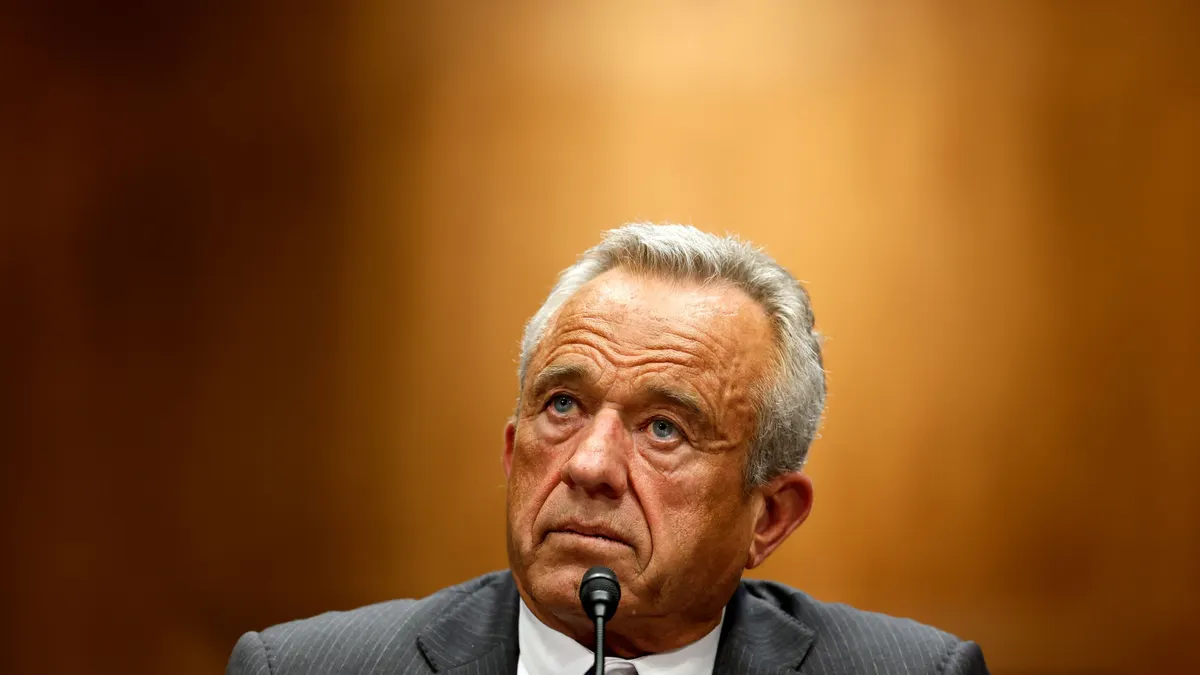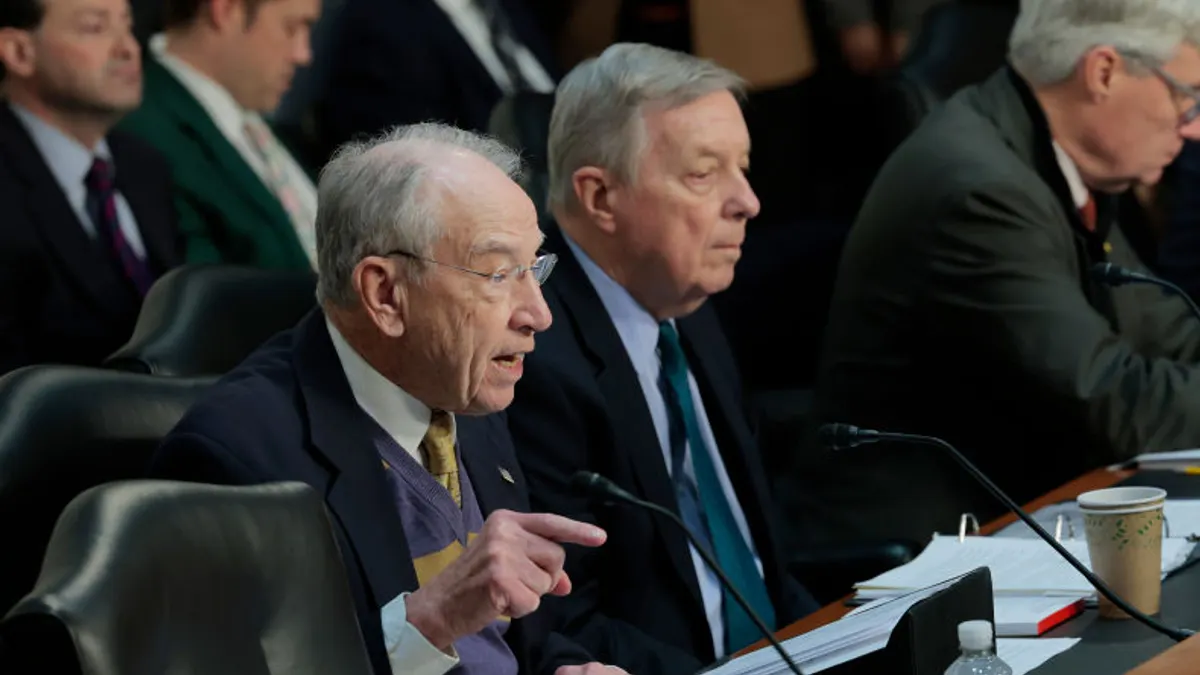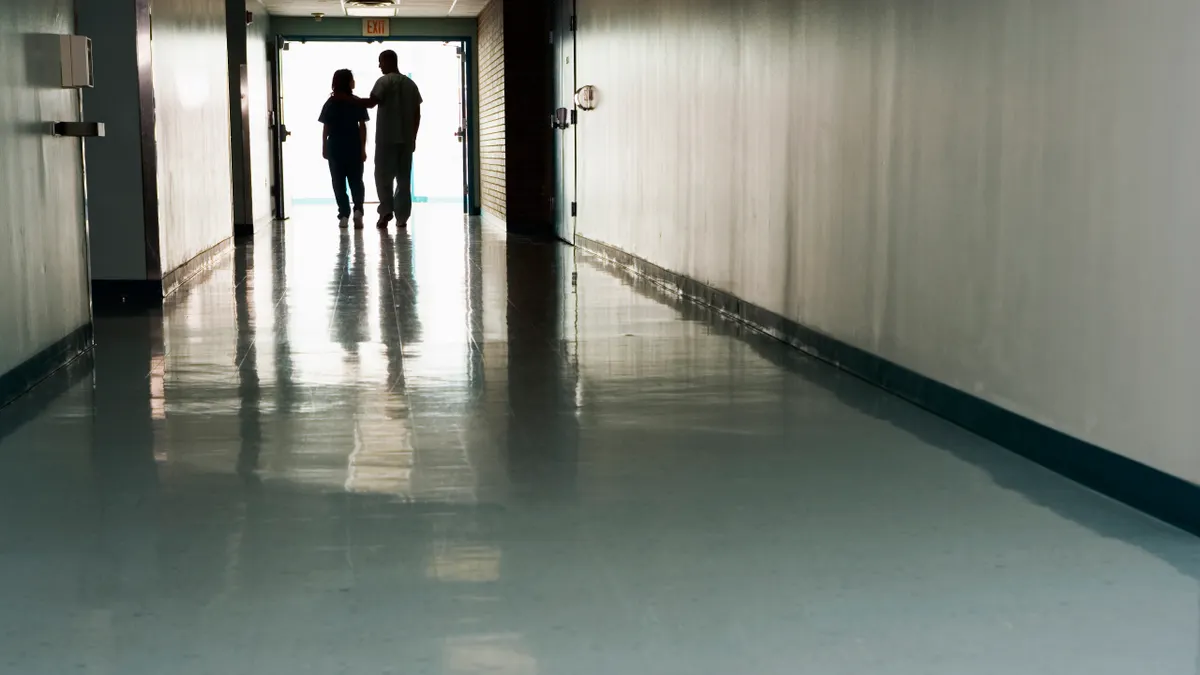Thirty-one thousand registered nurses and other frontline workers launched a five-day strike at Kaiser Permanente facilities in California and Hawaii Tuesday morning, following months of what they claim have been protracted and fruitless labor contract negotiations with management.
That number could swell to 46,000 by the end of the strike if other workers join the picket line, the workers’ union, the United Nurses Associations of California/Union of Health Care Professionals, said Monday.
The strike is set to last until Sunday. The UNAC/UHCP says it’s the largest strike in the union’s history.
Kaiser facilities will remain open during the strike, though some appointments may be shifted to virtual care or be rescheduled, according to a company spokesperson. The health system will also reassign more than 1,000 employees to strike locations and bring on up to 7,600 temporary contract professionals to maintain services.
Kaiser and the union representatives have been negotiating new labor contract terms since May. Despite holding over 900 local bargaining sessions and reaching agreements with about a third of local bargaining teams, Kaiser said the health system has failed to reach an agreement with union leadership about new terms.
“We’ve enhanced proposals, initiated mediation, and extended bargaining,” said a Kaiser spokesperson. Still, “At the heart of this negotiation is a dispute about wages.”
The employees — which include registered nurses, pharmacists, physician assistants, rehab therapists, speech language pathologists and other specialty care providers — say they are underpaid and Kaiser’s proposed raises are inadequate in the face of inflation and rising costs of living. The union also says Kaiser has failed to appropriately staff facilities to meet patient needs.
The union argues that Kaiser has the funds to increase frontline workers’ pay and staffing, pointing to both the $66 billion Kaiser holds in reserves as well as Kaiser’s expansion projects through Risant Health and Kaiser Permanente Nevada. The system has poured funds into both ventures, including up to $5 billion into its initial investment in Risant Health last year.
Meanwhile, a spokesperson for Kaiser denounced the strike as “unnecessary and disruptive” in a statement Monday evening.
Union-represented employees already earn more than healthcare workers in similar roles across the country, according to the health system. Kaiser’s latest offer would further increase pay by 21.5% over the four-year contract, costing Kaiser nearly $2 billion more in payroll expenses by 2029. The system has also offered enhanced retirement benefits and medical plans.
However, the union is seeking a 25% increase in pay, according to Kaiser. That’s a hike the health system calls “out of step with today’s economic realities and rising health care costs.” Kaiser said it is already spending $6.3 billion on payroll at a time when operating margins are razor thin.
The health system has said it feels financially squeezed. In August, the health system reported it would reduce discretionary spending to offset headwinds, including higher-than-expected utilization in its health plan and heightened care costs related to high acuity cases.
“Anything beyond 21.5% will require us to further increase rates for our members and customers, at a time when health care costs are increasingly unaffordable and many are having to make the difficult choice to go without coverage,” Kaiser said Monday.
The union refuted this narrative Tuesday morning, noting Kaiser has consistently increased its insurance rates for members, regardless of contracts with workers.
Strikes are becoming a familiar story for Kaiser. The California-based operator has weathered multiple work stoppages in recent years, including a 10-week strike of 2,000 mental health workers in 2022, a three-day strike of more than 75,000 workers in 2023, a six-month strike of 2,400 mental health workers strike earlier this year and a small 600 worker strike last month.
Kaiser’s own novel labor relations model — and past successes working with unions — can help explain some of its current strike activity, experts and workers say.
Kaiser is renowned for its unique labor-management partnership, which aims to have management and workers from all levels collaborate to jointly make decisions on issues like patient care, staffing and workplace innovation. The partnership was launched in 1997, when Kaiser was on the verge of a massive strike as a way to call workers into the bargaining table and prevent adversarial relations between workers and management.
For decades, the model worked: Kaiser embraced the partnership, and nearly 80% percent of Kaiser’s workplace opted to join a union. Kaiser became the largest union-represented healthcare employer in the U.S., according to the health system.
However, workers and experts say relations between management and the unions have deteriorated in recent years, as leadership has changed and employees received less training about the goals of the partnership. As a result, contract negotiations have frequently become more contentious.
The coalition approach to bargaining — in which local unions band together to negotiate national contracts — also inherently gives more leverage to unions’ strike threats. Work stoppages carried out by Kaiser’s largest coalitions can involve tens of thousands of workers and disrupt operations across hundreds of locations at a time.
For example, the Coalition of Kaiser Permanente Unions, which orchestrated 2023’s 75,000-worker strike, represents over 85,000 workers, while the Alliance of Health Care Unions, which represents the currently striking UNAC/UHCP members, facilitates bargaining for 62,000 Kaiser workers.






















